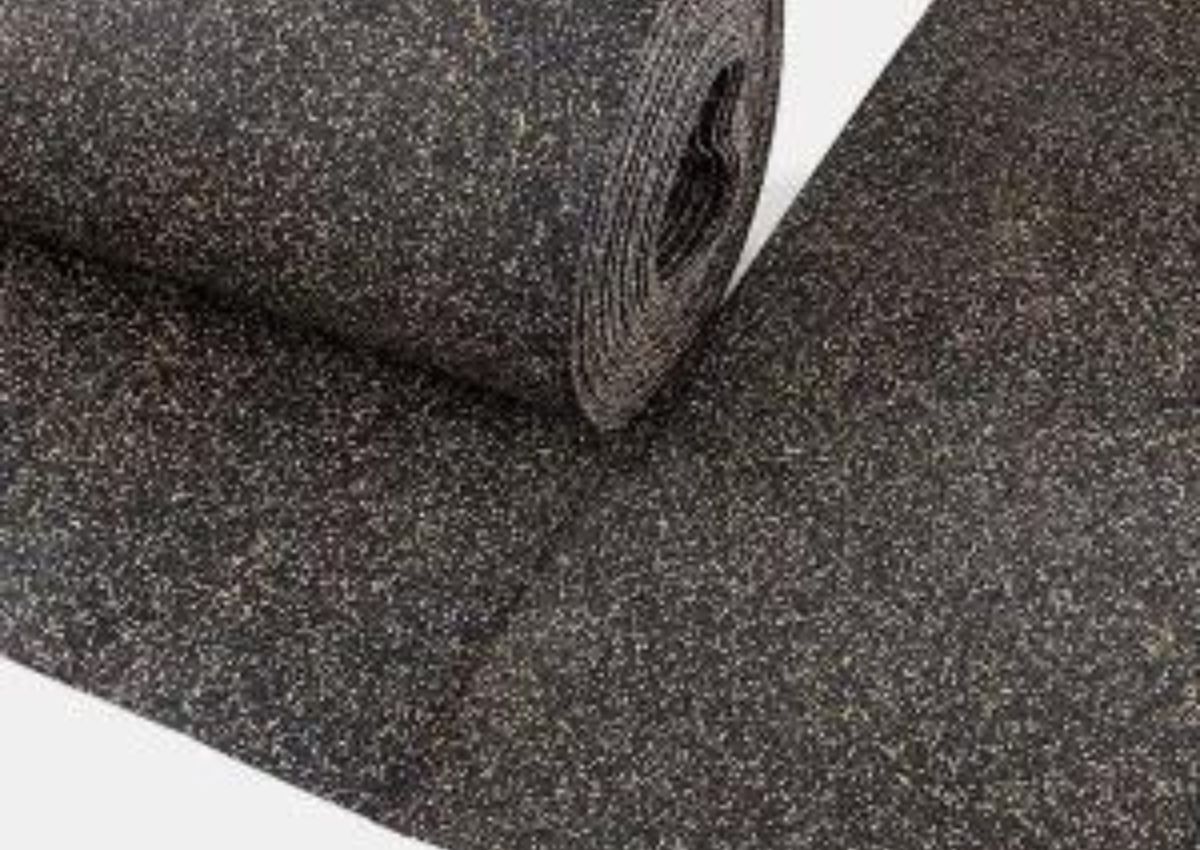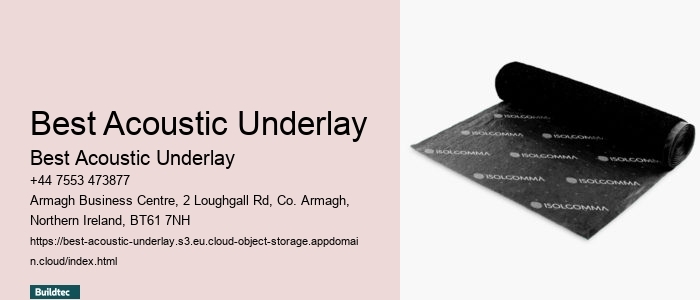
The Best Acoustic Underlays on the Market
Introduction: Peace, tranquility, and serenity—these are the coveted states we yearn for within our homes and offices when we need to focus and work. They serve as our personal sanctuaries, shielding us from the hustle and bustle of the outside world. However, the disruption caused by footsteps overhead, the cacophony of furniture being moved, or the echo of voices from adjacent rooms can shatter our peaceful environment in an instant. But fear not, dear readers, for we have the solution—acoustic underlay.
In this informative article, we will delve into the realm of soundproofing by exploring the top five acoustic underlays available in the market. These unsung heroes will not only restore tranquility to your living or working space but also grant you the peace of mind you so richly deserve. Along the way, we will address important questions that may arise during your journey towards achieving the perfect acoustic environment. So, grab your favorite beverage, put on your reading glasses, and prepare to embark on an adventure where silence is golden, and acoustic underlays are the treasure map leading you to it. Let's dive in, shall we?
